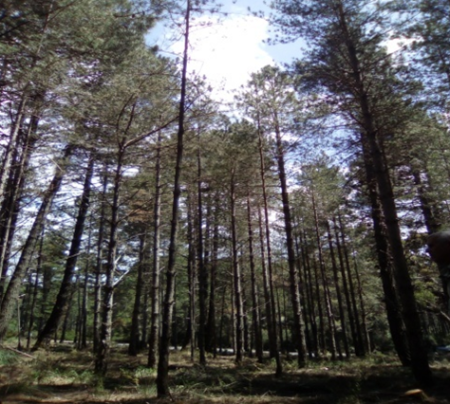
Objective:
Pine species are considered as a natural source of antioxidant compounds. Pinus nigra Arnold is one of the most known medicinal plants in the Mediterranean countries. The aim of this study was to determine, for the first time, the bioactive compounds such as the total phenols, flavonoids and tannins and to evaluate the antioxidant potential of needles collected from nineteen samples corresponding to different provenances of black pine from different regions which have been planted and grown in Northwestern Tunisia.
Context:
The role of medicinal plants in disease prevention has been attributed to the antioxidant properties of their constituents, usually associated to polyphenolic compounds as antioxidants because of their natural origin and the ability to act as efficient free radical scavengers (Langley, 2000). Many plants have been identified as having potential antioxidant activities (Lee et al., 2003; Tiwari, 2001) Almost pines were reported to have a high antioxidant capacity (Robles et al 2003; Yesil-Celiktas et al. 2009).
Contacts:
Sondes Fkiri, sondesfkiri@gmail.com,http://www.inrgref.agrinet.tn/
Faten Mezni,faten-mez@hotmail.com, http://www.inrgref.agrinet.tn/
Hanen Ghazghazi, hanene8116@yahoo.fr, http://www.inrgref.agrinet.tn/
Abdelhamid Khaldi, khalditn@yahoo.fr, http://www.inrgref.agrinet.tn/
Further information:
Alonso M, Rozados MJ, Vega JA, Perez-Gorostiaga P, Cuinas P, Fonturbel MT, Fernandez C (2002). Biochemical responses of Pinus pinaster trees to fire-induced trunk girdling and crown scorch: secondary metabolites and pigments as needle chemical indicators. J Chem Ecol 28: 687–700.